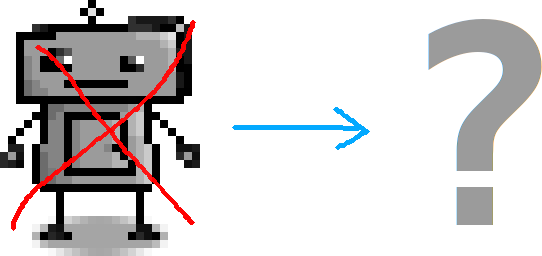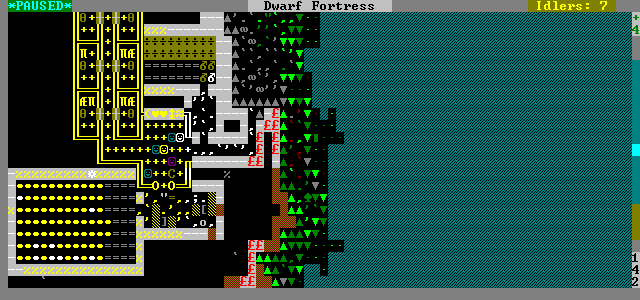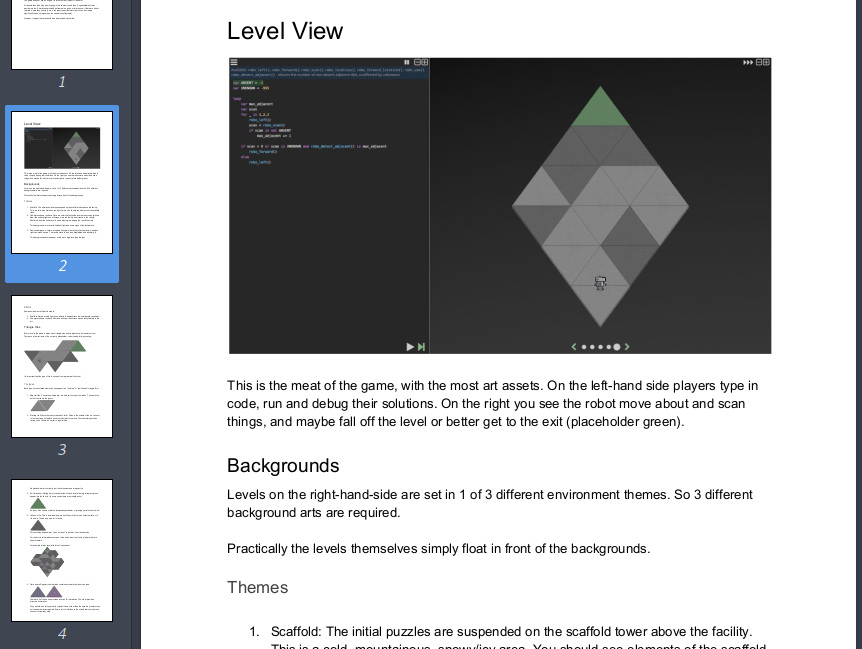 Robo Instructus devblog
Robo Instructus devblog
Updates on the development of coding puzzler Robo Instructus
The Road To Good Looking Robots
I'm a game developer currently working on robot engineering puzzle game Robo Instructus. For my previous posts look here.
With last weeks puzzle completion I turned my attention to finding a great artist to wrap a chrysalis around Robo Instructus and start its metamorphosis into a beautiful buttergame. The days of placeholder pixel art are numbered!

Why is art important for Robo Instructus?
This game is about coding solutions to somewhat abstract tile puzzles. Player’s will spend much of their time squinting at the code they’ve written and the error messages that code is inexplicably producing. Or watch the robot spinning around in circles thinking “what the hell is going wrong?”. So does high-quality art actually matter?
Well obviously yes, but it’s because I can only expect people to connect with the game if they take it seriously on first contact. People can judge games very quickly and want to avoid what they perceive as “low effort” games. Of course, very high effort games can appear very primitive judged from their art. Take Dwarf Fortress as an extreme example. Once the art barrier is overcome the depth and quality of such games becomes apparent.

So a bad looking game can still be enjoyed, but it’s a barrier. These days with so many games around it’s never been more tempting to just say “no thanks” to a new game. A poor first impression for a new game could easily cause it to be quickly discarded. So Robo Instructus needs to have it’s ball gown on, after the first dance player’s should be hooked on programming crack.
Getting it done
There are many ways indie devs go about producing art for their games. The easiest approach is for the dev to be an artist themselves. So that’s not an option. Instead I’ve been looking for a talented 2D artist that can take the game from concept to final art. But more than that I’m actually looking for a partner in vision, someone that will lead art direction and give the game a unique & professional look.
One advantage of my situation is, after finishing the levels, I have a complete list of the various assets I’ll need in the game. So I could produce a document listing the tiles, backgrounds, bits and pieces that make up the game.

One thing absent from the document is art direction. This is how the project should look, what styles should be used. Often game creators will have a solid idea about this. My approach is to find an artist and essential make them the art director. Let them produce their vision of how the game could look.
This mirrors the approach we moved toward in my music days for album artwork. We found the best work was done with a loose concept given to an artist (with a solid back catalogue of works), and just let them go for it. This approach isn’t the obvious one, and I learned it the hard way. But I eventually accepted that not only was I not particularly qualified to judge art, the art isn’t even for me.
…On the other hand I have to not hate it, it’s my game after all.
This approach may prove risky, and probably isn’t the “done thing” for game art production. But lets see how it turns out shall we?